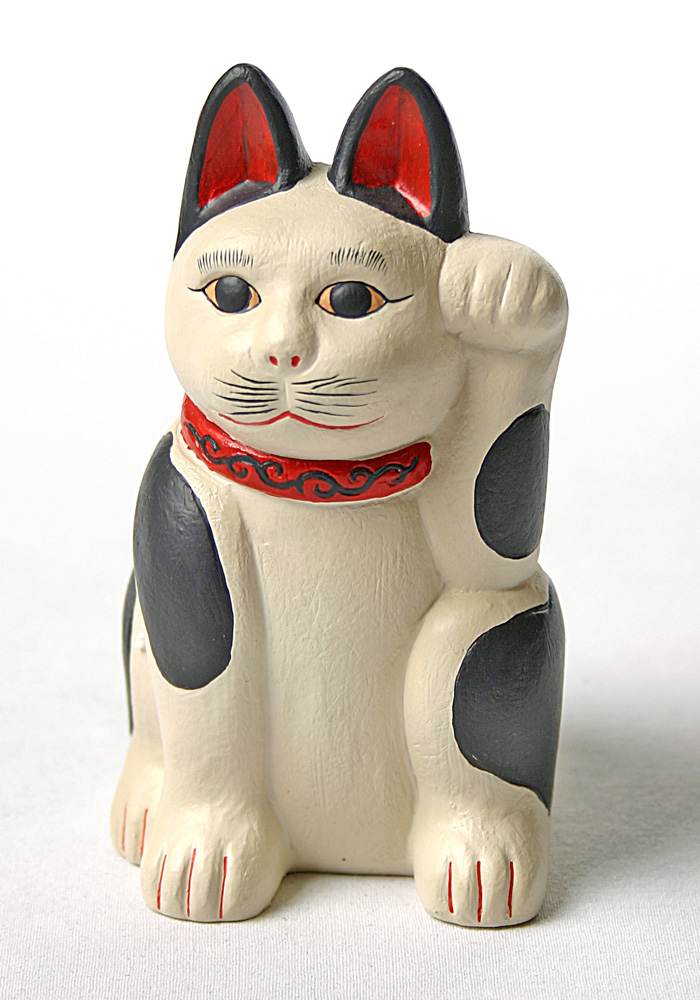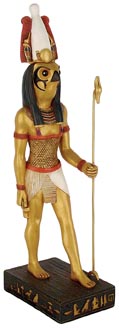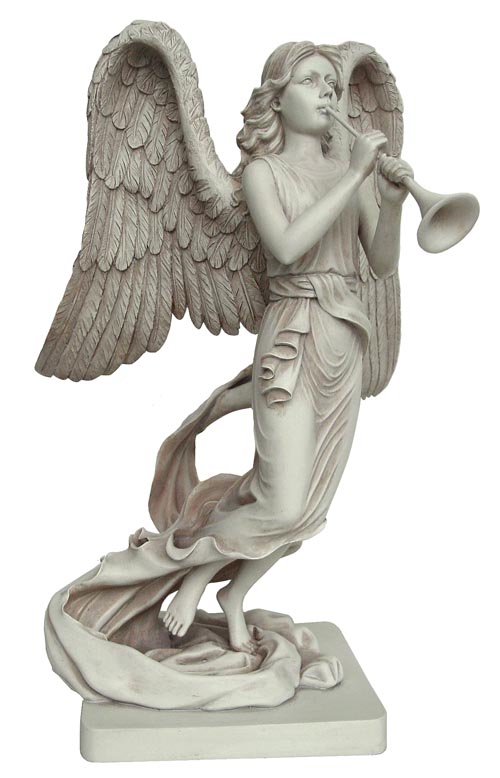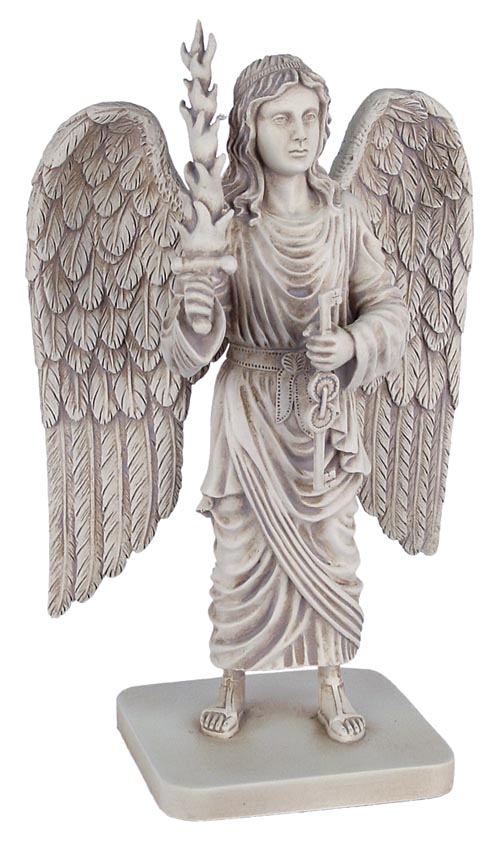Description
Anatomical Study (Houdon’s studio, late 18th century)
In Rome, the young Houdon was given the opportunity to study human anatomy extensively thanks to a surgeon. In 1767, he modeled the famous L’ecorche, an anatomical study of a flayed male which allowed the muscles to be observed in detail. Soon afterward, every self-respecting academy in Europe had a copy of the sculpture which was freely reproduced in countless versions.
Part of the Parastone Museum Collection of noteworthy museum statues, paintings and cultural artifacts. Houdon Anatomical Male Sculpture reproduction is made from resin with a bronze finish and measures 10″H x 4.5″W x 2.75″D.
Jean-Antoine Houdon (1741-1828)
As the talented son of a caretaker at one of the many stately homes in Versailles, Houdon escaped his milieu by studying by hand and winning a scholarship to attend the French Academy in Rome in 1764. There he sculpted his first masterpiece — a large, regal portrait of Saint Bruno. In 1768, he relocated to Paris here he grew to be one of the most famous portraitists of his time with clients from all over Europe. In 1781, he created the famous sculpture of a seated Voltaire, who – just like Houdon – was a member of the influential Masonic Lodge of the Nine Sisters.
Today, Houdon is still famous for his portraits of the earliest American leaders such as Washington and Jefferson. Commissions he received thanks to his friendship with Benjamin Franklin. Houdon’s life ended on a sour note. Although he enthusiastically subscribed to the revolution’s principles, his contracts with the ‘ancient regime’ meant he was never trusted. After the restoration, his Neo-Classicist style was viewed as dated.









Reviews
There are no reviews yet.